Event Report Samples
-

Event Project Report
download now -

Marketing Event Report
download now -

Event Budget Report
download now -

Exhibition Event Report
download now -

Event Report Template
download now -
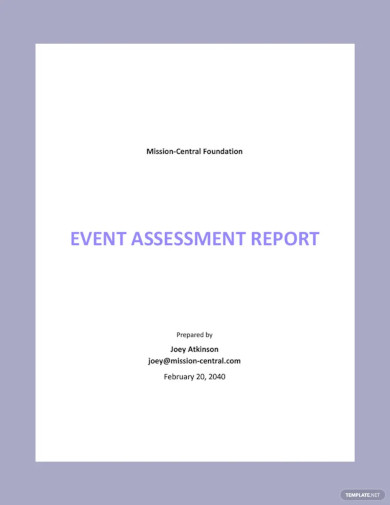
Post Event Report Template
download now -

Event Report Sample Template
download now -
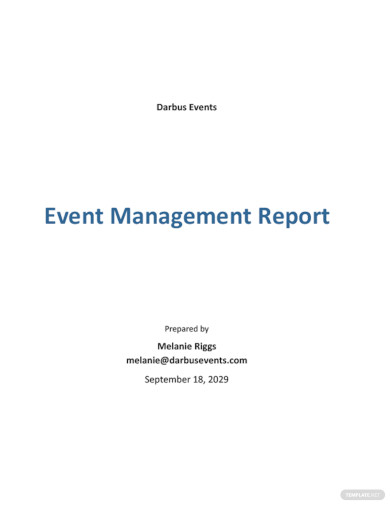
Free Event Management Report Template
download now -

Post Event Report
download now -

Event After Action Report Template
download now -

Free Event Debrief Report Template
download now -
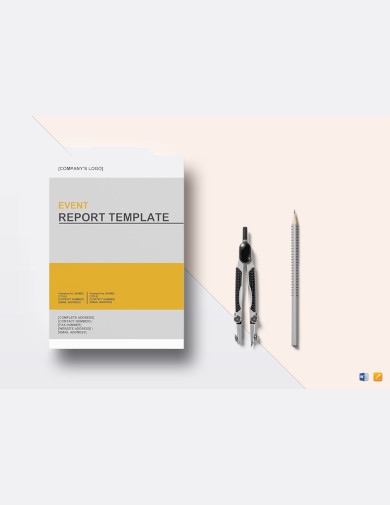
Simple Event Report Template
download now -

Post-Event Summary Report
download now -
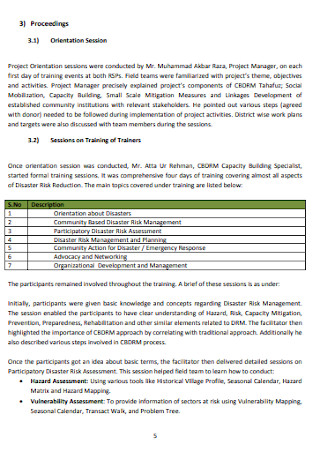
Sample Event Report
download now -

College Event Report
download now -

Simple Event Report
download now -

Event Information Report
download now -

Basic Event Report
download now -

Standard Event Report
download now -

Event Report for Beer
download now -

Event Report Format
download now -

Networking Event Report
download now -
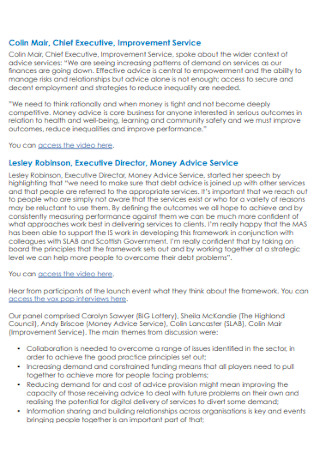
Launch Event Summary Report
download now -

Cultural Event Report
download now -

Hotel Event Report
download now -

Unusual Event Report
download now -

Adverse Event Report
download now -

Sample Event Report
download now -

Education Event Report
download now -

School Event Report
download now -

Sports Club Event Report
download now -
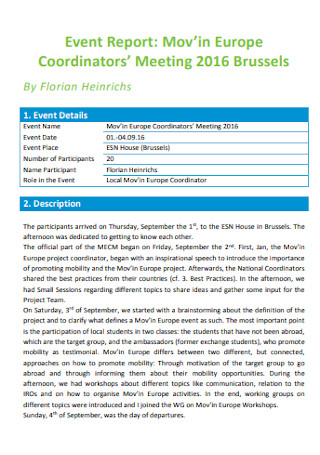
Event Meeting Report
download now -

Event Mini-Conference Report
download now -

Formal Event Report
download now -

College Event Report
download now -

Customer Event Report
download now - “]

Child Event Report
download now -

Sample Engineering Event Report
download now -

House Post-Event Information Report
download now -

Adverse Event Report
download now -

Sanctioning Body Event Report
download now -

Event Report for the Regional Conference
download now -

Training Meeting Event Report
download now -

Adverse Event Report Form
download now -

Off Nominal Event Report
download now -

Sample University Event Report
download now -

Umpires Report on Event
download now -

Sample Event Report Format
download now -
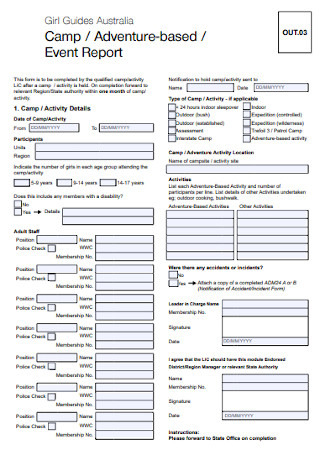
Camp Event Report
download now -

Sensation Celebration Event Report
download now -

Regulated Fundraising Event Report
download now -

Fishing Event Report
download now -
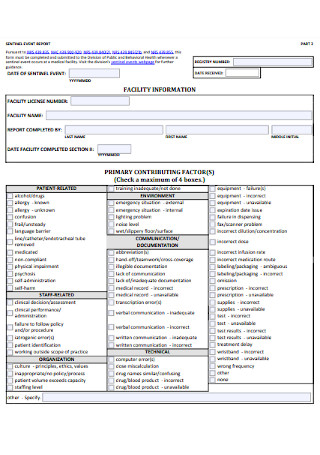
Sentinel Event Report
download now -

Sample Equine Event Report
download now -

Hotel Event Post Report
download now -

Serious Adverse Event Form
download now -

Sample Station Event Report
download now -

Electronic Adverse Event Report
download now -

Printable Event Report
download now -
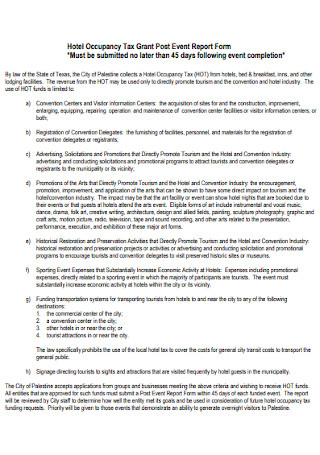
Grant Post Event Report Form
download now -

Sample Institute Event Report
download now -

Customer Event Report Example
download now -

Loss Event Report
download now
FREE Event Report s to Download
Event Report Format
Event Report Samples
What Is an Event Report?
Purpose of an Event Report:
Importance of Event Reports:
How to Create an Event Report
What should be included in an event report?
How often should event reports be generated?
What key elements should be included in an event report?
How can event reports improve future events?
What challenges might arise when creating an event report?
How detailed should an event report be?
Download Community Project Proposal Bundle

Event Report Format
1. Title Page
- Event Title:
- Date of Report:
- Date of Event:
- Location:
- Prepared By:
- Organization/Department:
2. Executive Summary
- Brief Overview: A concise summary of the event, its purpose, and key outcomes.
- Key Highlights: Major successes, challenges, and overall impact.
3. Event Overview
- Event Description: Detailed description of the event, including its nature (e.g., conference, workshop, seminar).
- Purpose and Objectives: Clear statement of the event’s goals and what it aimed to achieve.
- Target Audience: Description of the intended participants or attendees.
4. Planning and Preparation
- Timeline: Key dates and milestones leading up to the event.
- Organizing Team: Roles and responsibilities of team members.
- Resources: Details of resources allocated, including venues, equipment, and materials.
- Permits and Licenses: Information on any required legal permissions.
5. Event Details
- Agenda/Schedule: Detailed timetable of the event’s activities.
- Speakers/Guests: Information about keynote speakers, special guests, or performers.
- Logistics: Arrangements for transportation, accommodation, catering, etc.
- Technology Used: Overview of any technology or tools employed during the event.
6. Marketing and Promotion
- Marketing Strategies: Channels and methods used to promote the event (e.g., social media, email campaigns, flyers).
- Promotional Materials: Description of materials created (e.g., posters, brochures).
- Engagement Metrics: Data on promotional reach and engagement (e.g., number of impressions, clicks).
7. Attendance
- Registered Participants: Number of people who registered for the event.
- Actual Attendance: Number of attendees present.
- Demographics: Breakdown of attendees by relevant categories (e.g., age, profession, location).
8. Budget
- Budget Overview: Total budget allocated for the event.
- Expenses: Detailed list of all expenses incurred (e.g., venue, catering, marketing).
- Revenue: Information on any income generated (e.g., ticket sales, sponsorships).
- Financial Summary: Comparison of budgeted vs. actual figures, highlighting any variances.
9. Outcomes and Results
- Achievement of Objectives: Evaluation of how well the event met its initial goals.
- Key Successes: Highlight major achievements and positive outcomes.
- Challenges Faced: Description of any issues or obstacles encountered and how they were addressed.
- Impact: Analysis of the event’s impact on the organization, participants, and other stakeholders.
10. Feedback
- Participant Feedback: Summary of feedback collected from attendees (e.g., surveys, interviews).
- Stakeholder Feedback: Input from sponsors, partners, and other key stakeholders.
- Analysis: Interpretation of feedback to identify strengths and areas for improvement.
11. Lessons Learned
- What Went Well: Aspects of the event that were successful.
- Areas for Improvement: Identified weaknesses or challenges.
- Recommendations: Suggestions for future events based on the experiences and findings.
12. Conclusion
- Summary: Recap of the event’s overall performance and outcomes.
- Final Thoughts: Reflection on the event’s significance and its contribution to organizational goals.
13. Appendices
- Supporting Documents: Include any additional materials such as:
- Event photographs
- Detailed financial statements
- Survey results
- Promotional materials
- Agendas and schedules
What Is an Event Report?
An event report is basically a detailed report that aims to prove an event’s success. Its data is critical to acknowledge who were involved, what exactly happened in the event, and how the event actually met the event objectives and goals or not. So if events begin with an event proposal, the event report marks the closing process of the event cycle. And it is through an event report that analysis plays a huge part in the process to check the impact of an event, how the event budget was distributed, and so much more.
Purpose of an Event Report:

The purpose of an event report is multifaceted, serving as a crucial tool for event organizers, stakeholders, and participants. Here are the key objectives it aims to fulfill:
1. Documentation of Event Details: An event report provides a comprehensive account of the event, documenting various aspects such as the date, location, number of attendees, speakers, and schedule. This helps stakeholders understand the scope and structure of the event.
2. Evaluation of Objectives: One of the primary purposes of an event report is to assess whether the event met its predefined objectives. This could include educational goals, networking opportunities, sales targets, or any other specific outcomes the event aimed to achieve.
3. Feedback Compilation: The report gathers all feedback received from participants, which is essential for understanding their experiences and satisfaction levels. This feedback can highlight what worked well and what didn’t, providing valuable insights for future planning.
4. Financial Overview: An event report includes a detailed financial statement that accounts for the budget, expenditures, and revenue associated with the event. This financial summary is critical for gauging the economic success of the event and for future budget planning.
5. Performance Metrics: It often features key performance indicators such as attendee engagement, content quality, and overall success metrics. These indicators help quantify the impact of the event and can guide strategic decisions for future events.
6. Improvement and Planning: By analyzing the data collected, the report identifies areas for improvement and recommends actions for future events. This ongoing evaluation cycle is vital for continuous improvement in event management.
7. Record Keeping: The report serves as an official record of the event, which can be useful for historical reference, legal compliance, and as a resource for planning similar events in the future.
8. Stakeholder Communication: It acts as a communication tool that informs all stakeholders, including sponsors, management, and team members, about the event’s outcomes. This is important for maintaining transparency and alignment within the organization.
9. Marketing and Public Relations: An event report can also be used as a marketing tool, showcasing the success of an event to current and potential sponsors, partners, and participants. It highlights the strengths and appeal of the event, potentially attracting more interest and investment in future endeavors.
10. Educational Resource: For educational and training events, the report can serve as a learning document that summarizes the key teachings and insights shared during the event, providing a resource for attendees to refer back to. You can also see more on Brief Report.
Importance of Event Reports:
Here are five key points highlighting the importance of event reports:
1. Performance Analysis
Event reports allow organizers to evaluate the success of an event against its objectives, providing crucial insights into areas like attendance, engagement, and satisfaction.
2. Feedback and Improvement
By analyzing participant feedback, event reports help identify what worked and what didn’t, guiding improvements for future events to enhance overall effectiveness and attendee experience.
3. Strategic Planning
The data gathered from event reports informs future event planning, helping to make decisions on sample budget, venue, and logistics based on past successes and challenges.
4. Historical Documentation
Event reports serve as a historical record, offering a detailed archive that can be referenced for planning future events and ensuring continuity across events organized by the same team or company.
5. Marketing and Promotion
These reports can be used to demonstrate the success of events to potential sponsors, participants, and other stakeholders, showcasing the event’s reach and impact as a promotional tool.
How to Create an Event Report

Creating an effective event report involves several critical steps:
Step 1: Gather Data
Collect all data from the event, including attendee numbers, feedback forms, expenditures, and any other relevant metrics.
Step 2: Organize Information
Organize the data into categories such as financials, feedback, and outcomes. This helps in addressing specific areas systematically.
Step 3: Analyze the Data
Analyze the collected information to evaluate the event’s success against the predetermined objectives. Look for trends and insights that can guide future event planning.
Step 4: Write the Report
Start drafting the report, structuring it with clear sections and headings. Include visual aids like charts and graphs to make the data more digestible.
Step 5: Review and Edit
Review the draft to ensure accuracy and clarity. Editing is crucial to ensure the report is professional and free of errors.
In summary, an Event Report serves as a critical resource for analyzing event performance, guiding improvements, and ensuring successful future events. Its comprehensive format ensures clear insights and measurable outcomes for all stakeholders. You can also see more on Conference Reports.
What should be included in an event report?
An event report should include data on attendance, financials, participant feedback, and compliance with objectives.
How often should event reports be generated?
Event reports should be compiled and reviewed after each event to ensure timely analysis and feedback integration. Regular reporting helps maintain a consistent quality and effectiveness for all events managed by an organization.
What key elements should be included in an event report?
A comprehensive event report should include the event’s objectives, financial details, attendee feedback, performance metrics, and actionable recommendations. Visual aids like graphs and charts can also enhance the readability and impact of the report.
How can event reports improve future events?
By providing detailed insights and feedback, event reports guide improvements in event planning and execution. They help organizers understand what aspects were successful and what needs enhancement, ensuring each event is better than the last.
What challenges might arise when creating an event report?
Challenges in creating event reports include gathering complete and accurate data, synthesizing vast amounts of information into a coherent report, and drawing actionable insights that genuinely benefit future planning.
How detailed should an event report be?
An event report should be detailed enough to provide a clear and comprehensive analysis of the event, covering all key aspects without overwhelming the reader. It should balance depth with clarity to be both informative and accessible.
